Marketing in India is not simply about selling products or services. It is all about establishing trust, establishing relations and providing people with a reason to be interested in your brand. It is where a brand story comes in.
A brand story is not just a chronology or a list of accomplishments. It’s the story that explains who you are, why you exist, and how you improve your customers’ lives. This story must do more than simply introduce a brand in an incredibly diverse and fast-changing country such as India. It must be relevant, relatable and real.
Why Brand Stories Matter in India
Indian consumers are bombarded with options. Dozens of competing products and services are available in nearly every category. Regardless of whether you are a D2C clothing brand or a SaaS provider with enterprise customers, the story you share can often be the difference between why this or that particular client will select you.
Consumers don’t connect with product specifications; they connect with meaning, purpose, and the emotions a brand evokes when it aligns with their aspirations.
Take Infosys as an example in the B2B space. Although it is a company that deals with technology services, its brand narrative is not a story of coding or delivery. It has all along portrayed itself as a firm that is founded on trust, ethics, and a mission that is powered by intellect. That tale made Indian IT companies win the world.
For B2C, look at Amul. Its brand story has always been grounded in the Taste of India. Decades of witty advertisements and relatable stories about everyday family life have made it not a mere dairy cooperative but a cultural icon.
The product in both cases was just a component of the equation. The story created meaning.
1. Start with Purpose and Mission
Any powerful brand story has a purpose. What is the purpose of your company, other than to make money? What problem are you solving?
In India motive is usually related to education aspirations, opportunity, trust or progress. For instance:
- Byju (Edtech) packaged its narrative in the fashion of helping the students throughout India to have good learning anywhere.
- Tata Consultancy Services (B2B IT Services) also positioned itself as a partner to global business when they want to change digitally, rather than being a vendor of coding talent.
You should begin with this question when you write your own brand story: What gap in the world are we here to fill?
Your mission must be simple to memorize and repeat. When an employee, partner or a customer can describe it in a single sentence, you have done it correctly.
2. Share the Origin and Journey
Indian audiences feel very attached to stories of how it all began. People want to know the human side whether it is the small-town founder who created a unicorn or a legacy company that reinvented itself.
Take Zoho as an example. Its formation narrative is that of developing into a giant SaaS company through a modest office in Chennai. This story is very relatable since it displays toughness, concentration and not being dependent on outer financing.
Origin story works even in B2B. It explains to the clients why they have to trust you. To use the example of a logistics firm whose initial venture was to address distribution issues in small-towns, it can integrate that experience into their narrative when selling to multinational clients.
It’s not about glorifying the past but about showing what has shaped your brand’s personality today
3. Define Core Values in a Local Context
A brand narrative must bring out values that inform choices. Your values shouldn’t feel corporate they should feel real and lived.
Values such as trust, inclusivity, family, and community are usually heavy in India. For example:
- Trust and reliability is an ingredient of the brand story that HDFC Bank created in financial service.
- Asian Paints is an appeal to the importance of family and home and is not just a seller of paint, but a participant in the festivities of life.
When you are doing B2B, consider what matters to your clients. A SaaS provider targeting the Indian business environment may be concerned with service stability and customer care. A Fintech serving SMEs might base their brand message on independence and growth of small businesses.
Defining values is only the first step you must also back them up with actions. Do not simply tell us that you are concerned about sustainability. Demonstrate how your supply chain minimizes waste or how you directly support farmers.
4. Make Customers the Hero
The best brand stories do not centrally place the company. They place customers in the limelight. The brand goes on to be the guide which allows the customers to do something meaningful.
For example, Naukri.com doesn’t just talk about itself. Its advertisements and campaigns have always been concerned with the single job hunter who discovers fresh chances and self-confidence.
Freshworks has positioned itself in B2B to assist businesses in delivering superior customer experiences. It is not about the software capabilities of Freshworks, but about the successful businesses who use them.
To make your story resonate in India, demonstrate how your product or service can fit in the realities and aspirations of your customers. Let them shine.
5. Illustrate Impact with Local Relevance
Generic claims don’t work. Indian marketers must make their brand narrative come to life in a way that is localized and particular.
This could mean:
- The success stories of tier-2 and tier-3 cities where adoption is on the rise.
- Advertising campaigns associated with such festivals as Diwali or Holi, which have strong cultural connotations.
- Examples of supporting small businesses or communities during tough times, such as the pandemic.
Take the case of Udaan, the B2B e-commerce platform. Its narrative of giving small retailers digital tools is strong, since it shows actual shopkeepers and traders throughout India, rather than abstract figures.
The impact stories must be relatable, that is, your audience must see themselves in them.
6. Keep the Tone Authentic and Relatable
Indian consumers and companies are quick to pick exaggeration. Over-polished brand stories often feel distant and disconnected. It is more effective in a conversational, straightforward tone.
This does not mean a casual approach at the expense of professionalism. It is writing in a manner that you would explain to your coffee-sipping smart friend about your brand.
Use cultural touchpoints like festivals, cricket, food, and family all integral parts of Indian daily life. But do not make them gimmicks.
Examples: Zomato brand storytelling can be described as a combination of humor and real-life situations that are not too forced and artificial.
7. Share the Vision and the Future
A brand story is not merely a matter of the past and the present. It must also look into the future. What is the future of your company and how will it stay relevant to the Indian consumers or businesses?
For example:
- Reliance Jio set its vision as developing a “Digital India” which was not limited to telecom services.
- Infosys has been emphasizing that it is the company, which is developing the future of technology not only outsourcing around the globe.
Your vision must be both inspirational and realistic. Demonstrate how your brand will grow alongside your customers, be it with new services or movements in new locations or with the next generation of users.
Checklist for Marketers
Before you finalize your brand story, run through this checklist:
- Is the intention understandable and repeatable?
- Is the creation narrative human and natural?
- Do the values have anything to do with cultural context rather than corporate jargon?
- Does the client take the centre stage of the story?
- Does it contain actual examples of impact in India?
- Is the tone not polished and artificial?
- Does it mark the way to come?
If you can tick off all these points, you’re on the right track.
How HT Brand Studio Can Help
It is one thing to write and tell your brand story. The other is bringing it to life across platforms. And that is where HT Brand Studio can intervene.
HT Brand Studio collaborates with marketers to build campaigns that are not merely ads but rather stories. It assists brands in engaging audiences around India by integrating their first-party audience data with creative storytelling and makes them feel personal and authentic.
Whether B2C or B2B, whether you’re targeting metro audiences, young professionals, or senior decision-makers HT Brand Studio can combine data and creativity to tell your story at scale.
Conclusion
A brand story is not a marketing add-on. It is the basis of customer, employee, and partner perceptions. In a country like India where culture, trust and emotion are so central to the decision making process, the right story will be the difference between blending in and standing out.
To a marketer, it is not merely a story that one needs to write but also live it, tell it and make it fit the needs of a diverse audience. When created well, a good brand story does not merely outline your business. It is what makes people believe in it.
Frequently Asked Questions
What is a brand story and why does it matter in India?
A brand story is not about products and services, it tells your purpose, values and impact. In Indian society where decision making relies on trust and cultural relevance, a powerful story can make brands shine.
How is a brand story different from a company history?
A brand story goes beyond company history it links milestones with purpose, values, and customer impact. It does not care when your brand is developed, but why it is there.
What elements should be included in a brand story for Indian audiences?
Some of the essential components are purpose, local culture-based values, stories based on customers, real-life examples of impact, natural tone, and a vision of the future.
How can Indian brands make their stories more relatable?
Integrating cultural touchpoints (festivals, cricket, food, family), featuring the actual customers belonging to different cities, and demonstrating the way the brand helps communities.
How can marketers bring their brand story to life?
Marketers must bring stories to life through campaigns, content, and customer touchpoints. Partnering with solutions like HT Brand Studio ensures scalable, creative, and data-driven storytelling.
Ready to take your brand to the next level? Connect with us today to explore how HT Media can amplify your presence across our diverse portfolio of 25+ brands and properties. Let's turn your brand vision into reality!

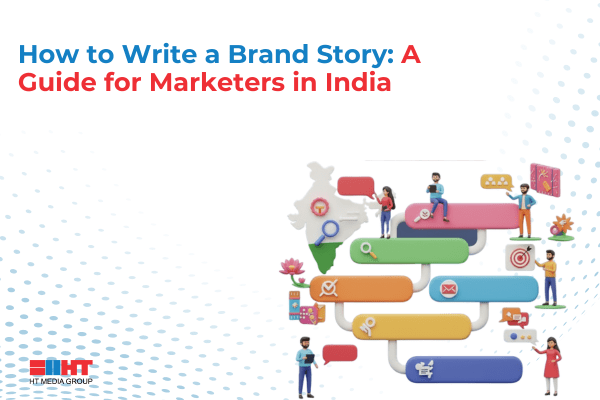



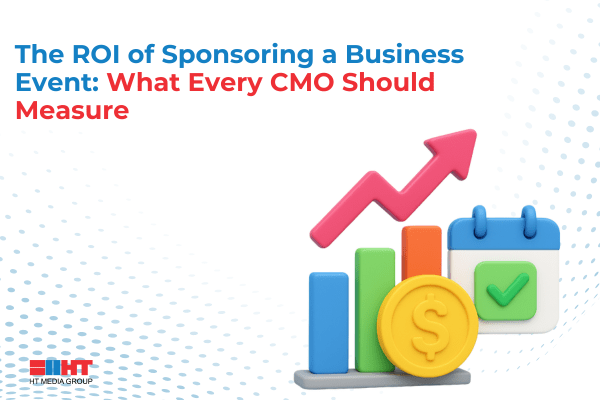



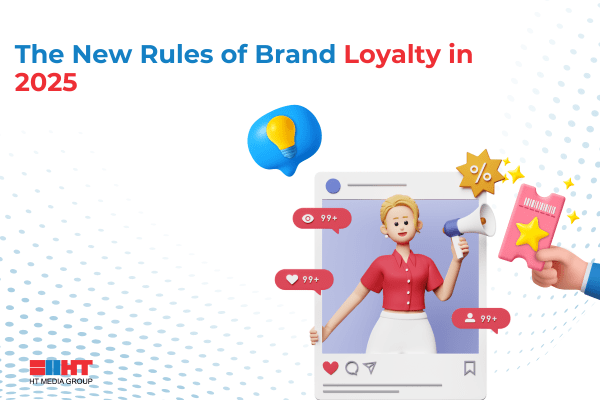

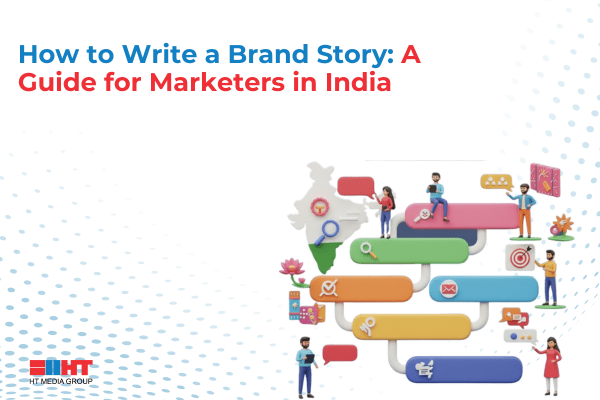

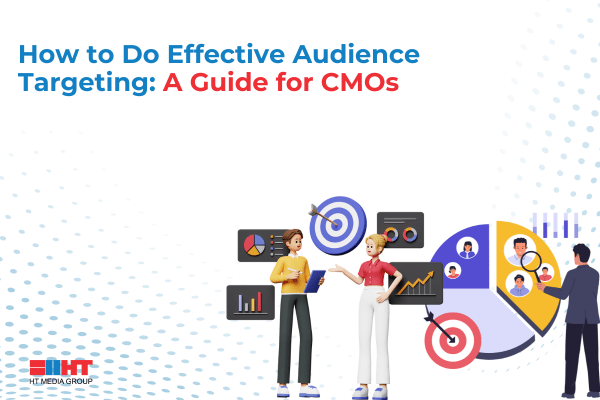
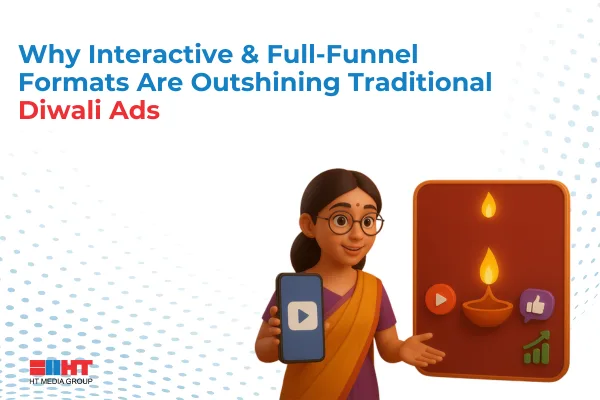

Comment